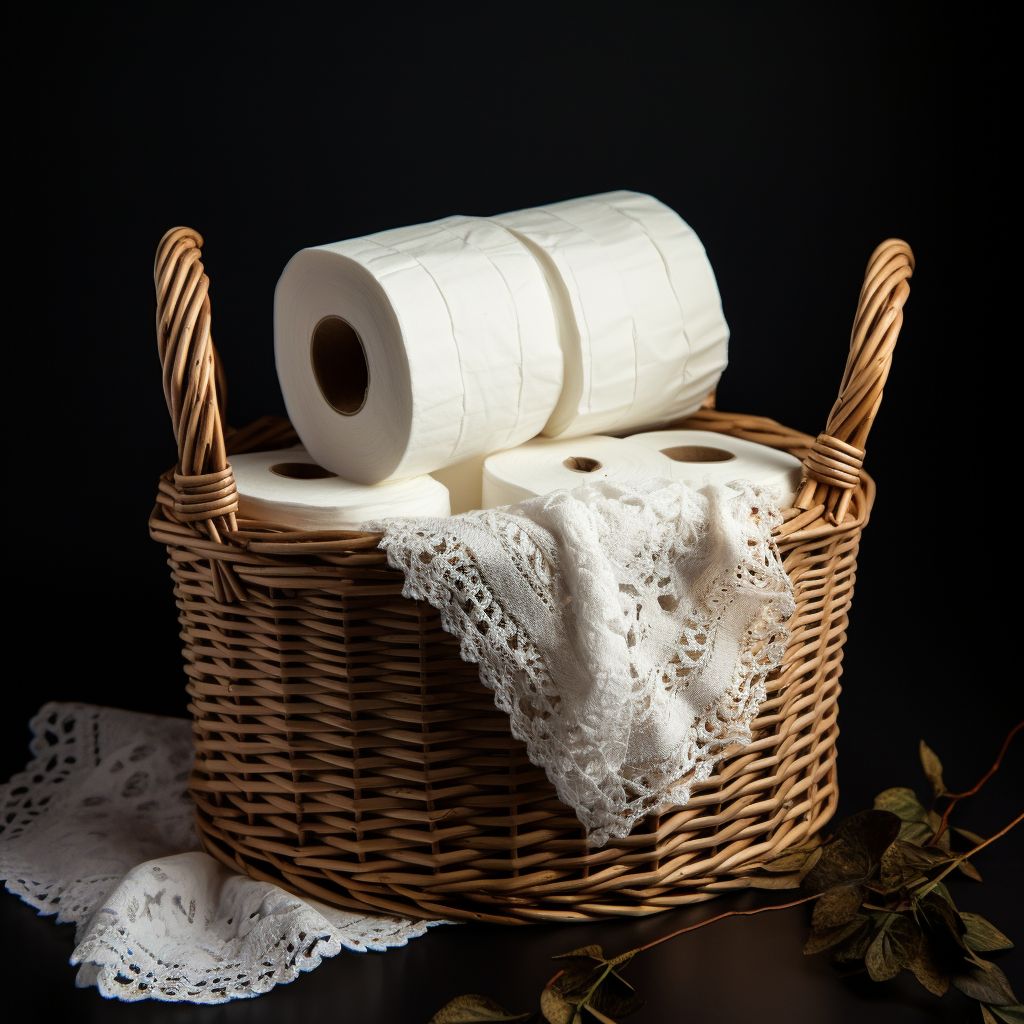
In the realm of everyday necessities, few items are as ubiquitous as toilet paper. A product that often goes unnoticed in its sheer prevalence, toilet paper, nonetheless, plays a vital role in our daily lives. But have you ever stopped to ponder why toilet paper is almost universally white?
Why, among the myriad of colors and patterns that could potentially adorn this indispensable commodity, does the pristine shade of white reign supreme? This article delves into the intriguing history and myriad reasons behind the seemingly simple yet highly significant question: Why is toilet paper white?
Historical Perspective
The history of toilet paper can provide some insights into its coloration. Toilet paper’s origins date back to ancient China, where it was first developed during the 6th century. Back then, it was made from a variety of materials, including rice paper, bamboo, and other plant-based fibers. These early versions of toilet paper were typically unbleached and retained their natural colors.
The use of white toilet paper became more prevalent in Western countries during the late 19th and early 20th centuries. Advances in paper manufacturing and bleaching processes made it possible to produce white toilet paper, which was associated with cleanliness and purity. This association with cleanliness likely played a significant role in establishing white as the standard color for toilet paper.
Perception of Cleanliness
Please Head On keep on Reading (>)

